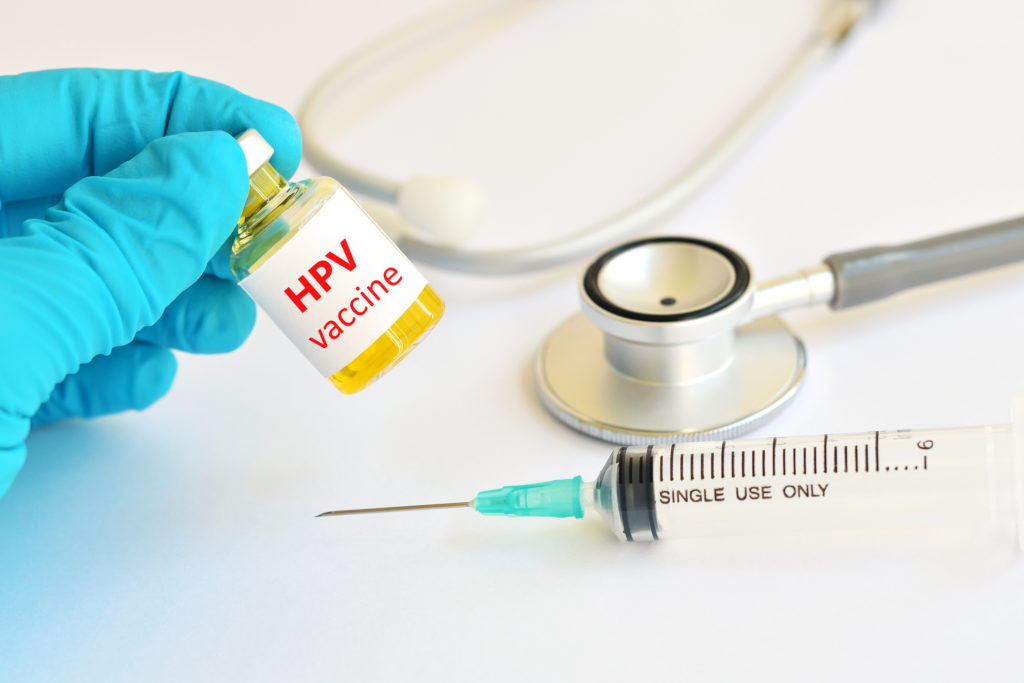Human Papillomavirus (HPV)
What is HPV?
HPV, also known as the human papillomavirus, is the most common sexually transmitted infection. HPV is passed on through direct skin-to-skin contact during vaginal, anal, or oral sex. There are more than 40 types of HPV that can infect both males and females. Some of these types can cause genital warts, while the more serious types of HPV can cause cancer. In the more serious types of HPV, normal cells become abnormal and begin to reproduce at a higher rate, which can lead to cancer. HPV does not differentiate between straight or same-sex partners, and even when the person shows no signs or symptoms of HPV, the virus can be passed from one person to another.
HPV and Cervical Cancer
Cancer is a disease in which cells within the body begin to grow uncontrollably. Cervical cancer starts in the cervix, which is the lower end of the uterus. When cervical cancer is found early, it is a highly treatable disease that is associated with a long survival and a good quality of life. Some forms of HPV, however, do not cause cancer. HPV types 6 and 11 cause 90 percent of genital warts and are non-cancer causing. HPV types 16 and 18 are responsible for the majority of HPV-caused cancers and account for approximately five percent of cancers worldwide.
It is good to know, however, that HPV can be prevented; research has shown that correct and consistent use of condoms can reduce the transmission of HPV between sexual partners. A person can have HPV even if years have passed since he or she had sexual contact with an infected person. Most infected persons do not realize they are infected or that they are passing the virus on to a sex partner. It is also possible to get more than one type of HPV.

Gardisil and Cervarix
Two vaccines have been approved by the Food and Drug Administration (FDA) in recent years and are
known as Gardisil and Cervarix.
Gardisil is used for the prevention of cervical, anal, vulvar, and vaginal cancer, as well as precancerous lesions and genital warts. Gardisil helps to prevent four different types of cancer in young men and women ages 9—26. Gardisil is given as a series of three injections over a period of six months. It is important to note that Gardisil does not prevent all types of cervical cancer, and it is still important for women to have routine cervical screenings in order to detect any cancer in its earliest form. The best time to vaccinate is before any exposure to HPV.
Cervarix can help you protect yourself from certain kinds of HPV that cause most cases of cervical cancer— HPV 16 and 18. The Cervarix vaccine helps prevent HPV by producing antibodies that help fight against the most common types of cervical cancer. While the duration of protection is still being researched, sustained protection has been observed for up to 8.4 years after the first dose. Cervarix is primarily for young girls and women ages 9—25. Even if you are infected with one of the most common high-risk HPV types (16 and 18), Cervarix can help protect against the other type as well as provide protection for re-exposure once the infection clears. Cervarix is also given in three doses over the course of six months. Just as with Gardisil, it is important that you receive all three doses and continue to receive routine screenings to detect cervical cancer.
